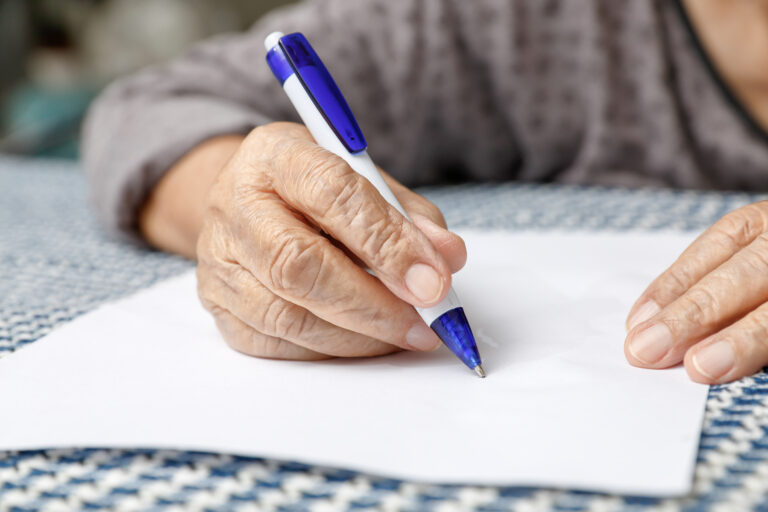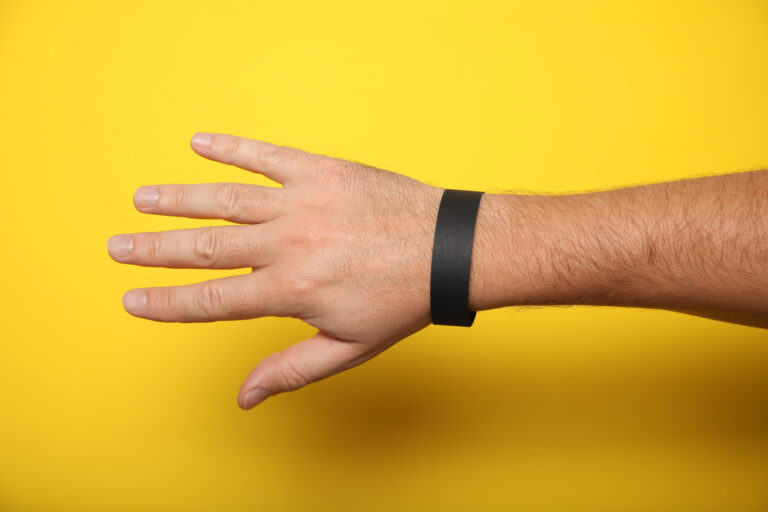Alzheimer’s disease is a progressive neurological disorder that affects the brain, causing memory loss, confusion, and difficulty performing daily tasks. One of the many challenges faced by individuals with Alzheimer’s is the loss of fine motor skills and hand-eye coordination. This makes it difficult for them to use traditional knives for cutting food, increasing their risk of accidents and injuries. As caregivers, friends, or family members of someone with Alzheimer’s, it is crucial to know how to help them use a rocker knife. In this article, we will discuss what a rocker knife is, the benefits of using it, and practical tips on how to help a person with Alzheimer’s use a rocker knife.
What is a Rocker Knife?
A rocker knife, also known as a mezzaluna or crescent knife, is a specially designed knife with a curved blade that rocks back and forth to cut food effortlessly. It has a large handle, often made of rubber or plastic, and a single blade that can be sharpened like a traditional knife. The rocking motion of the knife requires minimal hand and wrist movement, making it an ideal tool for individuals with limited dexterity or hand tremors.
Benefits of Using a Rocker Knife for Individuals with Alzheimer’s
Using a rocker knife has many benefits for individuals with Alzheimer’s, including:
1. Increased Safety: As mentioned earlier, individuals with Alzheimer’s are at a higher risk of accidents while using traditional knives. The rocking motion of a rocker knife reduces the chances of accidental cuts and injuries.
2. Improved Independence: Being able to cut their food independently increases the sense of self-reliance in individuals with Alzheimer’s. It also helps boost their self-esteem and maintain their dignity.
3. Ease of Use: The rocking motion required to cut food with a rocker knife is simple and easy to learn. This reduces frustration and anxiety in individuals with Alzheimer’s, allowing them to enjoy their meals more.
4. Versatility: A rocker knife can be used for cutting a variety of foods, such as vegetables, fruits, meats, and even bread. This eliminates the need for multiple types of knives, making meal preparation quicker and more manageable.
5. Improved Nutrition: Difficulty in using traditional knives may lead to individuals with Alzheimer’s avoiding certain foods that require cutting. With a rocker knife, they can have a more diverse and nutritious diet, contributing to their overall health and well-being.
Tips for Helping a Person with Alzheimer’s Use a Rocker Knife
1. Introduce the Knife Slowly: It is essential to introduce the rocker knife slowly to the individual with Alzheimer’s. Start by showing them how to hold the knife and the rocking motion required to cut food. Allow them to practice with your supervision and guidance until they feel comfortable using the knife independently.
2. Make Necessary Modifications: Depending on the individual’s abilities, modifications may be needed to make the rocker knife more comfortable to use. This could include adding a non-slip grip or using a weighted utensil to improve stability.
3. Choose the Right Foods: When first introducing the rocker knife, it is best to start with soft and easy-to-cut foods, such as scrambled eggs or pancakes. As the individual becomes more comfortable, gradually introduce harder foods.
4. Provide Visual Cues: Individuals with Alzheimer’s often respond better to visual prompts than verbal instructions. Labeling different foods with pictures or using a colored cutting board can help them identify what foods to cut and how to use the rocker knife.
5. Be Patient and Encouraging: Learning a new skill takes time and patience, especially for individuals with Alzheimer’s. It is crucial to remain positive and encouraging throughout the process. Avoid criticism or getting frustrated if they make mistakes.
6. Consider Using Adaptive Equipment: In some cases, using a rocker knife may still be challenging for individuals with advanced Alzheimer’s. In such cases, using an adaptive equipment like a food cutter or chopper might be a better option.
In conclusion, helping someone with Alzheimer’s use a rocker knife can significantly improve their quality of life and make mealtime more enjoyable. Understanding the benefits of using a rocker knife and following these tips can make the process smoother and less stressful for both the individual and the caregiver. Remember to always be patient, encouraging, and allow them to maintain their independence as much as possible. With your support and guidance, individuals with Alzheimer’s can continue to enjoy their meals and maintain a sense of dignity and autonomy.





